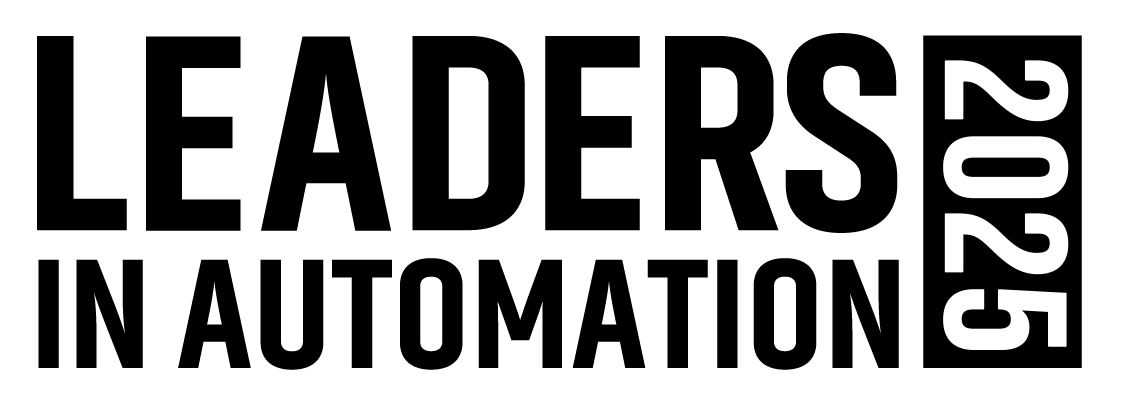As speeds increase and gigabit networking comes into its own, noise will become more of a problem than it has been in the past. “It’s an inherent fact of physics that electronics’ sensitivity to noise increases with speed,” explains Davis of Automate Co. (www.automateco.com). “Most gigabit applications should probably be done with fiber optics, and any copper needs properly shielded cables, connectors and cabinets.” For best results, he recommends following all guidelines and buying quality components.
Kurt Wadowick agrees, recommending things like high-quality DIN rail and proper grounding. “The simplest things of the past can be more of a concern with today’s high-speed Ethernet I/O networks,” says the I/O [input-output] product specialist at Beckhoff Automation LLC (www.beckhoff.com/usa) in Burnsville, Minn. “For example, an unpainted back panel is better than a painted one for grounding. A plastic electrical enclosure, while economical, is the worst nightmare for a controls expert.” The reason? It offers no protection from conducted or radiated noise sources.
An oft-overlooked detail is direct-current (DC) power supplies, according to Wadowick. He notes that Beckhoff’s controllers and I/O couplers use one DC power source for the I/O network and a second one for the actual field devices. “This design creates galvanic isolation between the field wiring and the I/O network,” he explains. “Good system design will use two DC power supplies instead of one large one.”
Another key consideration for I/O networks is the finite current. “The EtherCAT bus, for example, has a finite current of 2000 mA in most cases,” notes Wadowick. “Digital I/O will require approximately 100 mA for each terminal, while for analog and more complex devices, it can be as high as 250 mA for each terminal.” Because this varies for each type of terminal, he advises using the published values if you are nearing the full current E-bus limit.
>> Click here to read Automation World's complete coverage on networked I/O: Networked I/O Rides the Digital Wave.
